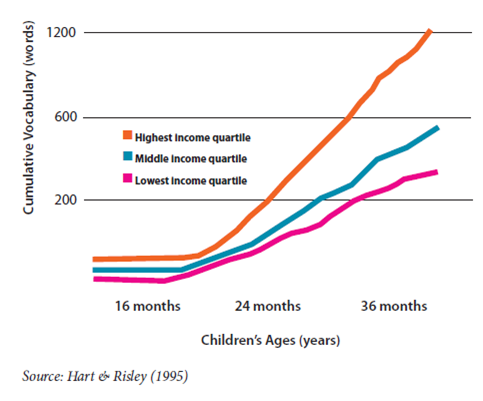Whew! School is FINALLY out for the summer! Today was our teacher workday, and I was able to get a few things accomplished before our Retirement Luncheon (we have them every year now and probably will for about 5 more years at least). I can't wait to join the hubs and my little guy for some rest and relaxation!
Before I get started on week one of my book study, I wanted to share the winners for my Pin It to Win It contest last Friday. I randomly chose the numbers 2, 11, and 18. You should have emails from me, so be sure to check your boxes. And for those of you who didn't win, I've posted 4 more products in the past few days, so there will be other chances to win. I'm thinking maybe one contest each week? Just give me a little while to enjoy my summer first!
Fact and Opinion: Kim (Kim's Reading Resources)
Cause and Effect: Cherie
Main Idea: Suzy Q

Alright, now it's time for some book studying! I'm so excited to finally share this with you, and I really hope you can get a lot of great ideas about vocabulary instruction from these posts. Please share your ideas and comments with me. I love to hear from you!
Chapter 1 is all about why we need to have robust vocabulary instruction. Let's start by defining the word "robust". I typed it into Google and was given this definition:
ro·bust
rōˈbəst,ˈrōˌbəst/
adjective
- strong and healthy; vigorous."the Caplans are a robust, healthy lot"
- (of an object) sturdy in construction."a robust metal cabinet"
synonyms: durable, resilient, tough, hardwearing, long-lasting, sturdy, strong More
- (of a process, system, organization, etc.) able to withstand or overcome adverse conditions."California's robust property market"
If students have a robust vocabulary, they have ownership over the words learned and are able to use them in multiple contexts (or manipulate words to mean slightly different things when necessary). With this foundation, students will be more capable of having stronger reading comprehension.
The problem is that there is a gap in vocabulary knowledge for children of different socioeconomic groups. That gap begins at age 3 and just expands as they get older unless something is done to take care of it. Therefore, strong vocabulary instruction needs to begin AS EARLY AS POSSIBLE!! The faster we can start filling in the gaps, the better off these students will be.

So how do we fix this problem?
First, word knowledge does not just come from "wide reading", especially in the lower grades and with students who already struggle as readers. Early learners still have not mastered the strategies to be able to make meaning from an unfamiliar word. Instead, most vocabulary instruction should take place orally. Teachers need to be actively involved in the students' vocabulary development. We will go more in depth with ideas in later weeks, but for now it will stay at that.
One of the most interesting ideas I learned from this chapter was choosing appropriate words using the Three-Tiers Framework.
This graphic from Learning Unlimited, LLC explains the tiers very simply. Students will be able to pick up words in Tier 1 with minimal to no instruction (maybe showing a picture to introduce an animal they aren't familiar with). Tier 3 words, on the other hand, are words that are rarely used in real life or are limited to very specific fields (filibuster, epidermis, etc) that would only be necessary for specific instruction. Interestingly enough, the book groups many content-specific words from science and social studies, unless they have multiple meanings or can be applied across a wider range of texts.
Tier 2 words are where vocabulary instruction should be focused. These words are not used as commonly in conversation, meaning that students will most likely not learn the words on their own. Some examples of these words include circumstances, precede, and accomplice. Once we eliminate Tier 3 words and focus almost solely on Tier 2, we're really looking at about 7,000 word families total for students to learn by 9th grade (or 700 words per school year). The authors recommend shooting for about 400 words per year, although there isn't a perfect answer.
Feeling overwhelmed yet? Please don't be! Chapter 2 is all about how to choose the words for your vocabulary instruction. Be sure to come back and tell me what you think!



Wow! That is a lot of words in a year...I'd better figure out how to incorporate more word study into our day! Will be eager to read your next posts.
ReplyDeleteWe use Making Meaning as our comprehension and vocabulary instruction. It's a really good program because it uses a read aloud to teach all the strategies and vocabulary. It's really funny to hear 2nd graders talk about hearing a "ruckus" and how they try to incorporate it into their daily vocabulary! BTW, ruckus is their favorite new vocabulary word each year! :)
ReplyDeleteHaley
Following Optimism in 2nd Grade
Sounds like a good read, I'm definitely going to get it soon! I also taught first grade, but now am about to start my second year teaching 4th grade reading! I bet you love being a reading specialist!
ReplyDeleteWinging it in Fourth